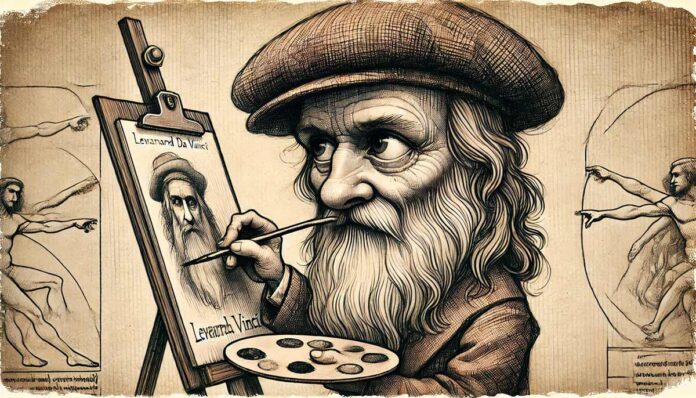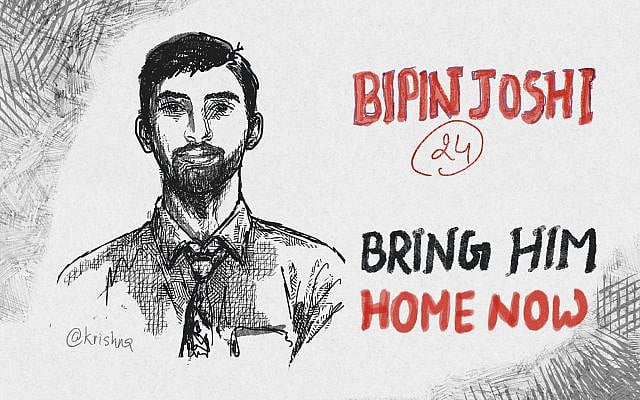In the world of art, particularly in cartooning and animation, two techniques stand out as tools for adding humor, drama, and emphasis: caricature and exaggeration. While they share some similarities, they are distinct concepts, each serving a unique purpose in visual storytelling. Below is a detailed exploration of the differences between caricature and exaggeration, including their definitions, applications, and impact on the audience.
1. Definition
Caricature
A caricature is a representation of a person, place, or object in which distinctive features or characteristics are exaggerated to create a comic or grotesque effect. It often targets specific traits such as facial expressions, body proportions, or personality quirks. Caricatures are commonly used in political cartoons, satirical illustrations, and character design to highlight or critique the essence of the subject.
Exaggeration
Exaggeration, in a broader sense, is the intentional overstatement or amplification of certain attributes or actions to emphasize their importance or effect. It is not restricted to a single subject but can apply to objects, movements, expressions, or situations. Exaggeration is widely used in animation, comics, and storytelling to create drama, humor, or heightened emotions.
2. Purpose and Intent
Caricature
The primary purpose of a caricature is to simplify and amplify certain recognizable features of a subject to make it instantly identifiable while injecting humor or criticism. For instance, a caricature of a politician may focus on their prominent nose or a peculiar hairstyle to emphasize their identity or a particular aspect of their personality.
Exaggeration
Exaggeration is more versatile and is used to enhance storytelling by making scenes more engaging or emotions more pronounced. For example, in animation, a character might leap ten feet into the air to express excitement, or their eyes might bulge unnaturally to indicate shock. This is not necessarily tied to humor but is more about amplifying the impact of a moment or action.
3. Application in Art and Animation
Caricature in Animation
- Used for creating humorous or satirical character designs.
- Helps convey personality traits quickly through visual cues.
- Often employed in character sheets for distinct and memorable designs.
Exaggeration in Animation
- Integral to movement and expression, following the principle of “squash and stretch.”
- Enhances the visual storytelling by making actions more dynamic.
- Adds emotional depth, such as exaggerated sadness through large tears or anger through fiery outbursts.
4. Example Comparison
- Caricature:
A caricature of a famous athlete might depict an overly muscular figure, an exaggerated grin, and a prominent jersey number to instantly communicate their identity and profession. - Exaggeration:
In an animation, the same athlete might perform a jump that defies gravity, with their legs stretching like rubber bands to emphasize their agility and power, without necessarily focusing on specific facial or physical traits.
5. Impact on the Audience
Caricature
- Elicits humor or critical thought by spotlighting unique features.
- Simplifies complex ideas or personalities into recognizable visual forms.
- Often appeals to audiences familiar with the subject, as recognition plays a significant role.
Exaggeration
- Creates a visceral emotional response, whether laughter, excitement, or empathy.
- Engages viewers by making ordinary events extraordinary.
- Universal in its appeal, as it relies on heightened visual or narrative cues rather than specific knowledge of a subject.
6. Key Differences at a Glance
| Aspect | Caricature | Exaggeration |
|---|---|---|
| Focus | Specific features of a subject | General traits or actions |
| Purpose | Humor, satire, critique | Drama, humor, emotional amplification |
| Medium | Political cartoons, satirical art | Animation, storytelling, comics |
| Recognition | Relies on audience familiarity | Relies on visual cues |
Conclusion
Both caricature and exaggeration are powerful tools in cartooning and animation, each with its unique strengths. Caricature thrives on specificity and recognition, making it a preferred choice for satire and identity-focused illustrations. Exaggeration, on the other hand, is a universal storytelling device that elevates emotions and actions to captivate audiences. Understanding the differences between these techniques allows artists to employ them effectively, enhancing the impact of their work in visual media.












